Have you ever dreamed of visiting a place that looks like a winter wonderland, but without the cold and snow? A place where you can hike, sled, photograph and marvel at the beauty of nature?
If so, you might want to add White Sands National Park to your bucket list.
White Sands National Park is a unique and stunning destination in New Mexico, USA. It’s home to the world’s largest gypsum dunefield, covering 275 square miles of desert.
The park was established in 1933 as a national monument, and upgraded to a national park in 2019. It’s one of the most visited attractions in New Mexico, attracting more than half a million visitors every year.
But what makes White Sands National Park so special? And how can you plan the perfect trip there?
In this article, I’ll share with you everything you need to know about exploring White Sands National Park: what to see, do and where to stay. You’ll also learn some interesting facts and tips about this amazing place.
Let’s get started!
How to Get to White Sands National Park
White Sands National Park is located in southern New Mexico, about 15 miles southwest of Alamogordo. The nearest major city is El Paso, Texas, which is about 90 miles away.
There are several ways to get to the park, depending on your preference and budget.
By Car
The most convenient way to get to White Sands National Park is by car. You can rent a car from El Paso or Albuquerque airports, or from other nearby cities.
The park is accessible via US Highway 70, which runs between Las Cruces and Alamogordo. The park entrance is on the south side of the highway, about 52 miles from Las Cruces and 15 miles from Alamogordo.
The entrance fee for the park is $25 per vehicle, valid for seven days. You can also buy an annual pass for $45, or use your America the Beautiful pass if you have one.
By Bus
If you don’t have a car, you can also take a bus to White Sands National Park. There are two bus companies that operate in the area: Greyhound and Z-Trans.
Greyhound offers daily service from El Paso and Albuquerque to Alamogordo. The fare is about $20-$30 one way. From Alamogordo, you can take a taxi or an Uber to the park entrance, which will cost you about $25-$35.
Z-Trans is a local bus company that offers service from Las Cruces and Alamogordo to the park entrance. The fare is $1 per ride. However, the service is limited and only runs on weekdays. You can check their schedule here: https://www.ztrans.org/schedules.html
By Train
Another option to get to White Sands National Park is by train. Amtrak offers service from several cities in Texas, New Mexico and Arizona to El Paso. The fare varies depending on your origin and destination.
From El Paso, you can take a bus or rent a car to get to the park, as described above.
By Plane
The closest airport to White Sands National Park is El Paso International Airport (ELP), which is about 90 miles away. You can fly there from many major cities in the US, such as Dallas, Houston, Denver, Phoenix, Los Angeles and Chicago.
From El Paso airport, you can take a bus or rent a car to get to the park, as described above.
Another airport that is relatively close to the park is Albuquerque International Sunport (ABQ), which is about 220 miles away. You can fly there from many major cities in the US, such as New York, Chicago, Atlanta, Denver and Los Angeles.
From Albuquerque airport, you can take a bus or rent a car to get to the park, as described above.
Best Time to Visit White Sands National Park

White Sands National Park is open year-round, except on Christmas Day and during missile testing by the nearby White Sands Missile Range. The park hours vary depending on the season and daylight saving time.
But when is the best time to visit White Sands National Park?
That depends on what you want to see and do at the park, and what kind of weather you prefer.
Here are some pros and cons of visiting the park in different seasons:
| Season | Pros | Cons |
|---|---|---|
| Spring (March-May) | – Mild temperatures (average highs of 70-80°F and lows of 40-50°F) – Wildflowers blooming – Less crowded than summer – Good for hiking and photography | – Strong winds and sandstorms – Occasional rain and thunderstorms – Limited camping availability |
| Summer (June-August) | – Long days and plenty of sunshine – Warm temperatures (average highs of 90-100°F and lows of 60-70°F) – Good for sledding and wildlife viewing – Full moon nights and star parties | – Very hot and dry – Crowded and busy – Risk of heat exhaustion and dehydration – Frequent missile testing and park closures |
| Fall (September-November) | – Mild temperatures (average highs of 70-80°F and lows of 40-50°F) – Less windy than spring – Less crowded than summer – Good for hiking and photography | – Occasional rain and thunderstorms – Limited camping availability – Shorter days and less sunlight |
| Winter (December-February) | – Cool temperatures (average highs of 50-60°F and lows of 20-30°F) – Snow on the dunes (rare but possible) – Less crowded than summer – Good for sledding and photography | – Cold and windy – Occasional rain and snowstorms – Limited camping availability – Shorter days and less sunlight |
As you can see, there is no perfect time to visit White Sands National Park. It all depends on your personal preference and what you want to experience.
However, some general tips to prepare for the weather are:
- Dress in layers and bring a hat, sunglasses, sunscreen and lip balm.
- Drink plenty of water and avoid alcohol and caffeine.
- Check the weather forecast and park alerts before you go.
- Avoid hiking during the hottest part of the day (10 am – 4 pm) in summer.
- Bring a flashlight or headlamp if you plan to stay after dark.
What to See and Do at White Sands National Park
White Sands National Park offers a variety of attractions and activities for visitors of all ages and interests. Whether you want to explore the dunes, learn about the park’s history, or enjoy some fun and adventure, you’ll find something to suit your taste.
Here are some of the main things to see and do at White Sands National Park:
The Dunes Drive
The Dunes Drive is a scenic road that winds through the white sand dunes and offers stunning views of the landscape. It’s an 8-mile loop that starts from the park entrance and ends at the Heart of the Sands picnic area.
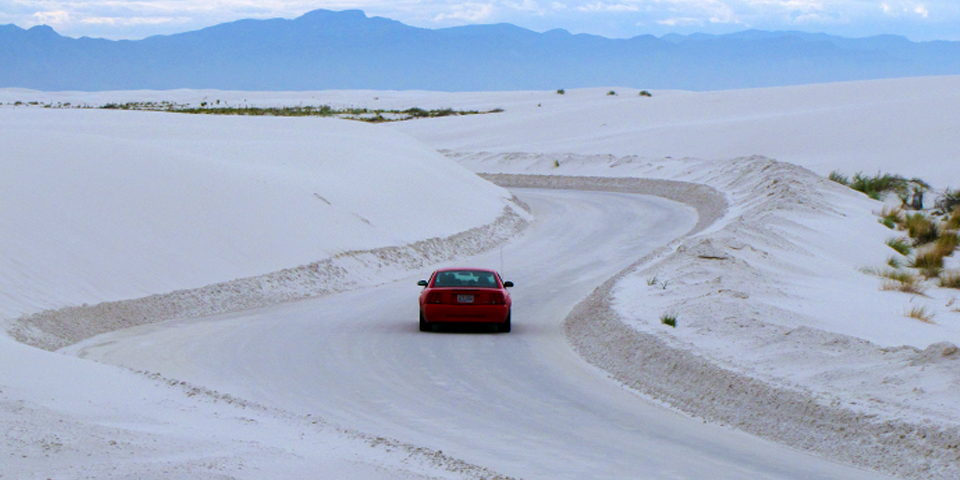
Along the way, you’ll find several pullouts, parking areas, picnic tables, restrooms, trailheads, and interpretive signs. You can drive, bike, or walk along the Dunes Drive, depending on your preference.
The Dunes Drive is open daily from sunrise to sunset, except during missile testing. The drive takes about 45 minutes to complete without stopping, but you’ll probably want to stop often to take pictures, hike, or sled.
Some of the highlights along the Dunes Drive are:
Playa Trail
The Playa Trail is a short, easy trail that leads to a dry lake bed or playa. A playa is a shallow depression that fills with water after rain or snowmelt. The water evaporates quickly, leaving behind salt crystals and gypsum deposits.
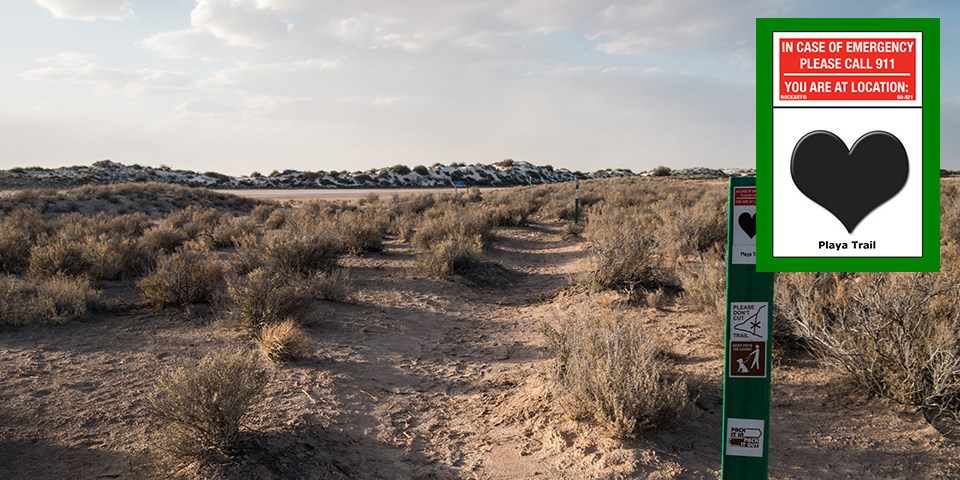
The Playa Trail is 0.5 miles round trip and takes about 15 minutes to complete. It’s wheelchair accessible and suitable for families with young children. Along the trail, you’ll see some interpretive signs that explain the geology and ecology of the playa.
Dune Life Nature Trail
The Dune Life Nature Trail is a moderate trail that explores the diverse life forms that inhabit the dunes. You’ll see plants, animals, insects, and birds that have adapted to the harsh environment.
The Dune Life Nature Trail is 1 mile round trip and takes about 45 minutes to complete. It’s not wheelchair accessible and may be challenging for some visitors due to the soft sand. Along the trail, you’ll see some interpretive signs that explain the biology and behavior of the dune dwellers.
Interdune Boardwalk
The Interdune Boardwalk is an easy trail that follows a wooden boardwalk over the interdune area. The interdune area is the low valley between two dunes where vegetation grows.
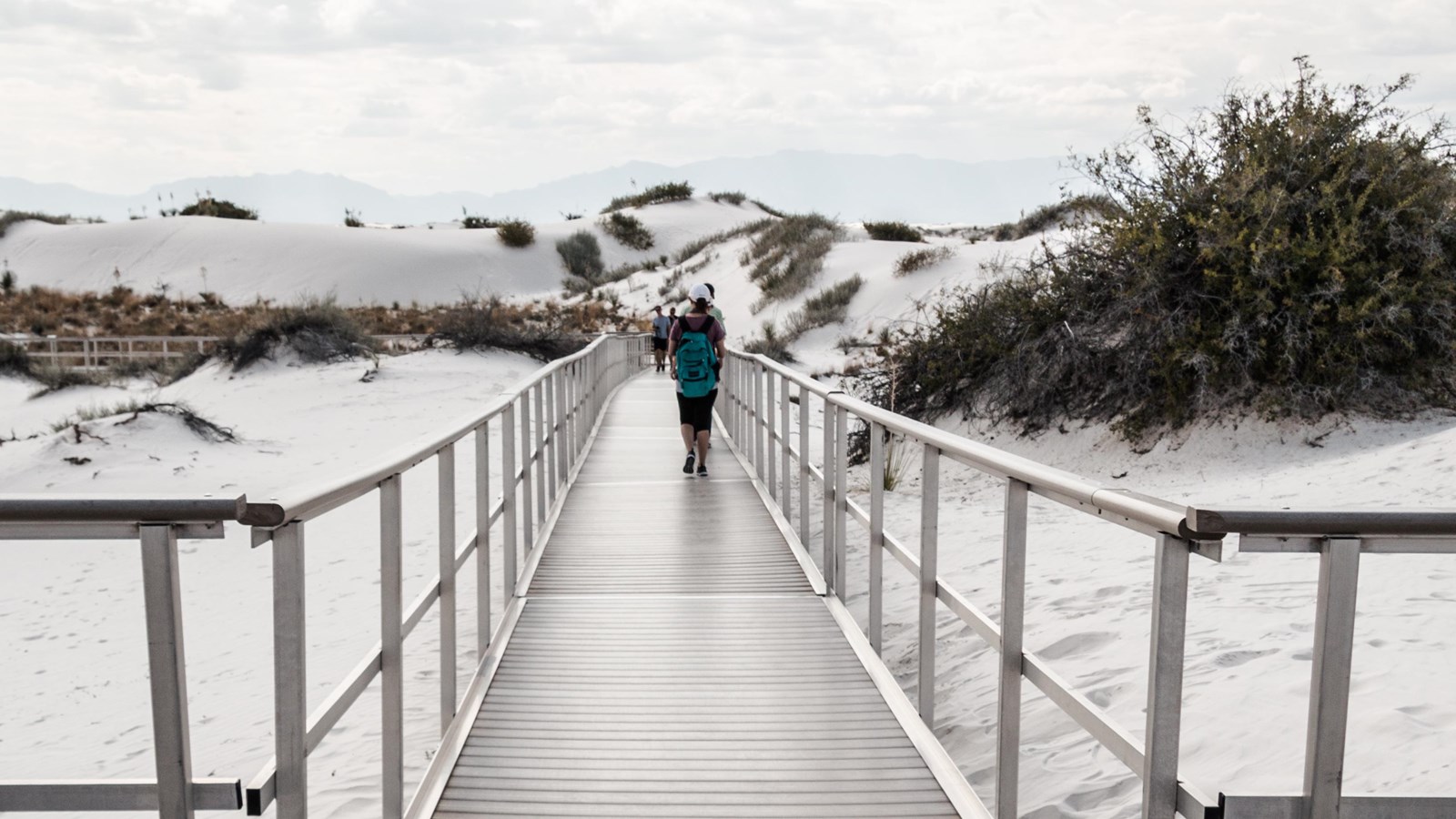
The Interdune Boardwalk is 0.4 miles round trip and takes about 20 minutes to complete. It’s wheelchair accessible and suitable for families with young children. Along the trail, you’ll see some interpretive signs that explain the importance of the interdune area for wildlife.
Alkali Flat Trail
The Alkali Flat Trail is a strenuous trail that leads to the edge of an ancient lake bed or alkali flat. An alkali flat is a large, flat area covered with salt crusts and gypsum crystals.
The Alkali Flat Trail is 5 miles round trip and takes about 3 hours to complete.
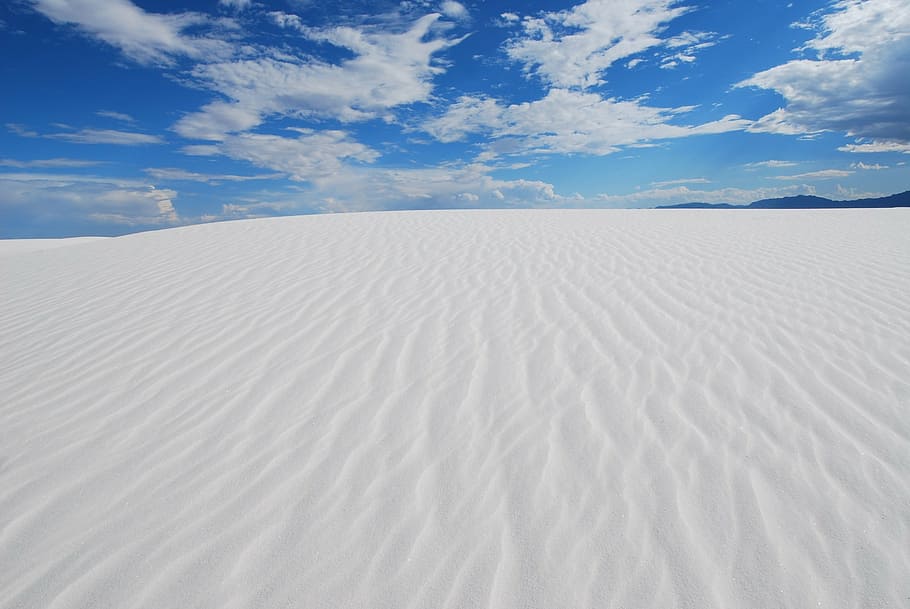
It’s not wheelchair accessible and may be difficult for some visitors due to the steep slopes, deep sand, and lack of shade. Along the trail, you’ll see some orange posts that mark the route and some interpretive signs that explain the history and geology of the alkali flat.
The Visitor Center

The Visitor Center is a place where visitors can learn more about the park’s history, geology, ecology and culture through exhibits, films and ranger programs. It’s located near the park entrance and is open daily from 9 am to 5 pm, except on Christmas Day.
At the Visitor Center, you can:
- Watch a 17-minute film that introduces you to the park and its features.
- Browse the exhibits that showcase the park’s natural and human history, from the Ice Age to the Space Age.
- Shop for souvenirs, books, maps, and snacks at the gift shop.
- Join a ranger-led program that covers various topics such as dune formation, wildlife adaptation, cultural heritage, and more.
- Ask questions and get information from the friendly staff and volunteers.
The Visitor Center is a great place to start your visit to White Sands National Park. It will help you gain a deeper appreciation and understanding of this unique place.
The Hiking Trails
The Hiking Trails are a network of trails that range from easy to moderate and allow visitors to explore the dunes on foot. They vary in length, difficulty, and scenery, but they all offer a chance to experience the beauty and solitude of the park.
The hiking trails are open daily from sunrise to sunset, except during missile testing. You can access them from various points along the Dunes Drive or from the backcountry camping area. You can hike them on your own or join a guided hike with a ranger.
Some of the hiking trails are:
Backcountry Camping Trail
The Backcountry Camping Trail is a moderate trail that leads to 10 primitive campsites in the heart of the dunes. It’s the only place where you can camp overnight in the park.
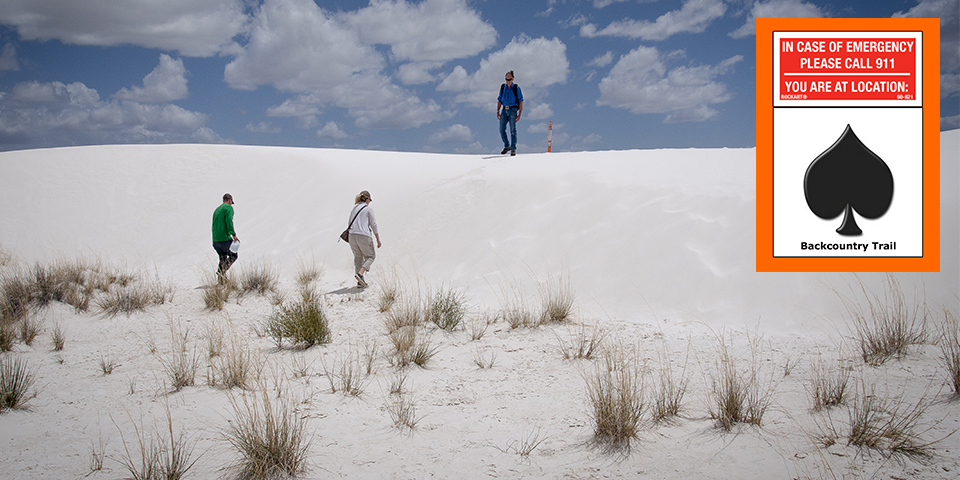
The Backcountry Camping Trail is 2 miles round trip and takes about 1 hour to complete. It’s not wheelchair accessible and may be challenging for some visitors due to the soft sand and lack of shade.
Along the trail, you’ll see some blue posts that mark the route and some numbered signs that indicate the campsites.
The Backcountry Camping Trail is a unique opportunity to enjoy the park after dark. You can watch the sunset over the dunes, gaze at the stars in the night sky, and wake up to the sunrise in the morning.
However, it also requires careful planning and preparation. You need to obtain a permit from the Visitor Center ($3 per person per night), bring all your gear and supplies (including water), pack out all your trash, and follow the park rules and regulations.
Sunset Stroll
The Sunset Stroll is an easy trail that follows a ranger-led program every evening at sunset. It’s a popular activity that attracts many visitors who want to learn more about the park and enjoy its beauty at dusk.
The Sunset Stroll is 1 mile round trip and takes about 1 hour to complete. It’s wheelchair accessible and suitable for families with young children. Along the trail, you’ll listen to a ranger who will share stories and facts about the park’s geology, ecology, history, and culture.

The Sunset Stroll is a wonderful way to end your day at White Sands National Park. You can watch the colors change on the dunes, see some wildlife emerge from their hiding places, and take some amazing photos.
The Sledding Area
The Sledding Area is a popular spot where visitors can rent sleds and slide down the slopes of the dunes. It’s a fun and exhilarating activity that appeals to people of all ages.
The Sledding Area is located near the end of the Dunes Drive at parking lot #4. It’s open daily from sunrise to sunset, except during missile testing.
You can rent sleds from the gift shop at the Visitor Center ($10-$20 per sled plus $2-$5 deposit) or bring your own (plastic or waxed only).
The Sledding Area is a great place to have some fun and adventure at White Sands National Park. You can feel the thrill of speed as you glide down the dunes, laugh with your friends and family as you tumble and roll, and enjoy the views of the landscape.
However, you also need to be careful and follow the safety tips and rules, such as:
- Wear a helmet, gloves, and sunglasses.
- Avoid sledding on steep or rocky slopes.
- Stay away from the road and other sledders.
- Check the weather and park alerts before you go.
- Drink plenty of water and avoid alcohol and caffeine.
The Photography Opportunities
The Photography Opportunities are abundant at White Sands National Park. It’s a place where you can capture the beauty of the park’s unique scenery, especially during sunrise and sunset.

The park offers a variety of landscapes, colors, textures, and shapes that will inspire your creativity and challenge your skills. You can photograph the dunes, the mountains, the plants, the animals, the sky, and the people.
The park also hosts some special events and programs that are ideal for photography, such as:
- Full Moon Nights: a series of concerts, presentations, and activities that take place under the full moon from May to October.
- Star Parties: a chance to observe the night sky with telescopes and experts from the National Public Observatory.
- Photo Walks: a guided hike with a ranger who will give you tips and tricks on how to take better photos of the park.
The Photography Opportunities are endless at White Sands National Park. You can create stunning images that will showcase your talent and impress your audience.
However, you also need to respect the park and its resources, such as:
- Stay on designated trails and roads and avoid trampling or damaging the vegetation.
- Do not disturb or harass the wildlife or collect any natural or cultural objects.
- Do not use drones, tripods, or flashlights without a permit from the park.
- Do not leave any trash or equipment behind.
Where to Stay at White Sands National Park
White Sands National Park offers some options for accommodation near or within the park, such as hotels, motels, campgrounds, etc. You can choose one that suits your budget, comfort, and preference.
Here are some of the options for accommodation at White Sands National Park:
Hotels and Motels
If you prefer to stay in a hotel or motel near the park, you’ll find several options in Alamogordo, which is about 15 miles away from the park entrance. Some of them are:
- Holiday Inn Express & Suites Alamogordo: a modern hotel with free breakfast, Wi-Fi, pool, and fitness center. Rates start from $100 per night.
- Hampton Inn Alamogordo: a cozy hotel with free breakfast, Wi-Fi, pool, and fitness center. Rates start from $90 per night.
- Magnuson Hotel & Suites Alamogordoa budget: friendly hotel with free breakfast, Wi-Fi, pool, and laundry facilities. Rates start from $50 per night.
You can also find other hotels and motels in nearby towns such as Tularosa, La Luz, and Cloudcroft. You can compare prices and reviews on sites like Booking.com, Trip.com or TripAdvisor.
Campgrounds
If you prefer to stay in a campground within the park, you have two options:
- Backcountry Camping: as mentioned above, you can camp overnight in one of the 10 primitive campsites in the heart of the dunes. You need to obtain a permit from the Visitor Center ($3 per person per night), bring all your gear and supplies (including water), pack out all your trash, and follow the park rules and regulations.
- RV Camping: you can park your RV overnight in one of the parking lots along the Dunes Drive. You need to obtain a permit from the Visitor Center ($15 per vehicle per night), bring all your gear and supplies (including water), pack out all your trash, and follow the park rules and regulations. There are no hookups, dump stations, or facilities available.
You can also find other campgrounds outside the park, such as:
- Oliver Lee Memorial State Park: a scenic park with 44 campsites, some with electric hookups, water, restrooms, showers, and picnic tables. Rates start from $10 per night. It’s about 25 miles away from the park entrance.
- Aguirre Spring Campground: a beautiful campground with 57 campsites, some with electric hookups, water, restrooms, picnic tables, and fire rings. Rates start from $7 per night. It’s about 35 miles away from the park entrance.
- White Sands KOA: a family-friendly campground with full hookups, Wi-Fi, pool, hot tub, laundry facilities, playground, and dog park. Rates start from $40 per night. It’s about 40 miles away from the park entrance.
You can also compare prices and reviews on sites like Campendium, The Dyrt, or Hipcamp.
Conclusion
White Sands National Park is a unique and stunning destination that offers a variety of attractions and activities for visitors of all ages and interests.
You can explore the world’s largest gypsum dunefield by car, bike, or foot; learn more about the park’s history, geology, ecology and culture at the Visitor Center; have some fun and adventure by sledding down the slopes of the dunes; capture the beauty of the park’s scenery, especially during sunrise and sunset; and spot some of the animals that live in the park.
You can also plan the perfect trip to White Sands National Park by choosing the best time to visit, the best way to get there, and the best place to stay.
White Sands National Park is a place that will amaze you with its natural wonders and charm you with its hospitality.
So what are you waiting for?
Book your trip to White Sands National Park today and experience this amazing place for yourself!
FAQs
How often does the White Sands National Park close for missile testing?
The park closes for missile testing by the White Sands Missile Range several times a month, usually for a few hours in the morning. The closures are announced in advance on the park website, social media, and phone line.
Can I bring my dog to the White Sands National Park?
Yes, you can bring your dog to the park, but you must keep it on a leash no longer than six feet at all times. You must also clean up after your dog and dispose of its waste in a trash can. You cannot leave your dog unattended in a vehicle, campground, or anywhere else in the park.
Can I rent a sled at the White Sands National Park?
Yes, you can rent a sled at the gift shop at the Visitor Center. The rental fee is $10-$20 per sled plus $2-$5 deposit, depending on the size and type of sled. You can also buy a sled at the gift shop or bring your own (plastic or waxed only).
Can I drive on the dunes?
No, you cannot drive on the dunes. You must stay on the paved road or in designated parking areas. Driving on the dunes is prohibited and can damage the fragile ecosystem and endanger yourself and others.
Can I fly a drone in the White Sands National Park?
No, you cannot fly a drone in the White Sands National Park. Flying drones or any other unmanned aircraft is prohibited and can interfere with wildlife, visitors, and park operations.
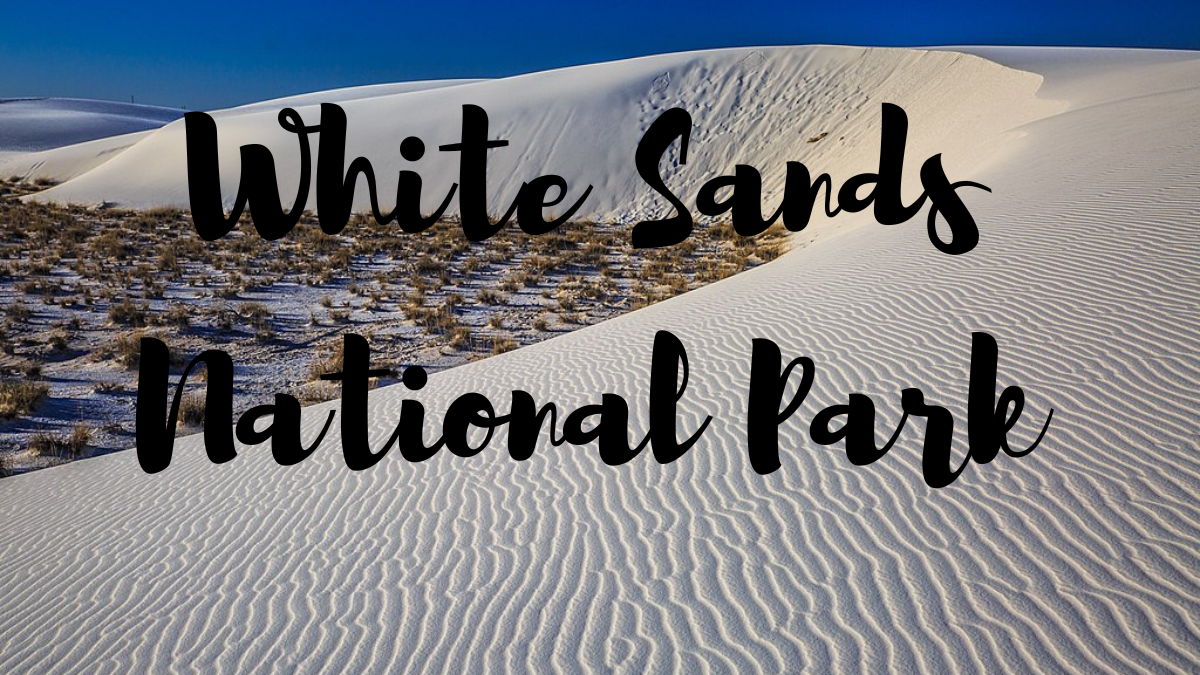


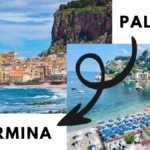
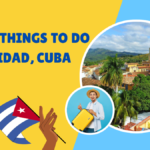
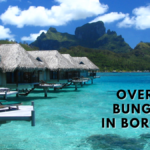





1 thought on “Exploring White Sands National Park: What to See, Do and Where To Stay.”